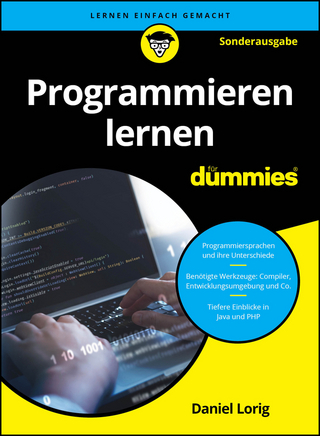
Analysis and Visualization Tools for Constraint Programming
Springer Berlin (Verlag)
978-3-540-41137-6 (ISBN)
Debugging of Constraint Programs: The DiSCiPl Methodology and Tools.- Debugging of Constraint Programs: The DiSCiPl Methodology and Tools.- I. Correctness Debugging.- An Assertion Language for Constraint Logic Programs.- A Generic Preprocessor for Program Validation and Debugging.- Assertions with Constraints for CLP Debugging.- Locating Type Errors in Untyped CLP Programs.- Declarative Diagnosis in the CLP Scheme.- II. Performance Debugging.- Visual Tools to Debug Prolog IV Programs.- Search-Tree Visualisation.- Towards a Language for CLP Choice-Tree Visualisation.- Tools for Search-Tree Visualisation: The APT Tool.- Tools for Constraint Visualisation: The VIFID/TRIFID Tool.- Debugging Constraint Programs by Store Inspection.- Complex Constraint Abstraction: Global Constraint Visualisation.- III. Test Cases.- Using Constraint Visualisation Tools.
| Erscheint lt. Verlag | 27.9.2000 |
|---|---|
| Reihe/Serie | Lecture Notes in Computer Science |
| Zusatzinfo | XXII, 370 p. |
| Verlagsort | Berlin |
| Sprache | englisch |
| Maße | 155 x 235 mm |
| Gewicht | 549 g |
| Themenwelt | Mathematik / Informatik ► Informatik ► Programmiersprachen / -werkzeuge |
| Schlagworte | Constraint • constraint debugging • Constraint Programming • Constraint Solving • correctness debugging • Debugging • Logic • performances debugging • program analysis • programming • program validation • PROLOG • Scheme • Visualization |
| ISBN-10 | 3-540-41137-2 / 3540411372 |
| ISBN-13 | 978-3-540-41137-6 / 9783540411376 |
| Zustand | Neuware |
| Informationen gemäß Produktsicherheitsverordnung (GPSR) | |
| Haben Sie eine Frage zum Produkt? |
aus dem Bereich


